Join the course
Humblebrag raclette put a bird on it blog, fam hexagon jianbing neutra godard plaid scenester.
Homesteading 101 Starter Course
Family
Free Guide
Courses & Guides
shop with me
FAVE LINKS
Low Toxic Living
Homesteading
Homemaking
Recipes
Topics
I’m a homesteader, homemaker, milkmaid, and bread baker! This is my very own slice of the internet, dedicated to inspiring you to live old fashioned in today's modern world. I’m so excited you’re here, and can’t wait to connect with you.
How long can cow milk sit out?
If you’re a milk drinker, you’ve probably wondered how long can cow milk can sit out before it goes bad. This is a common question that many people have, and the answer is not always clear. The length of time that milk can sit out depends on a few factors, including the temperature of the room and the type of milk.
Raw milk, which is milk that has not been pasteurized, can only sit out for a short period of time before it goes bad. This is because raw milk contains natural bacteria that can cause it to spoil quickly. However, pasteurized milk, which is the type of milk that you typically find at the grocery store, can sit out for a bit longer. Generally, pasteurized milk can sit out at room temperature for up to two hours before it starts to spoil.
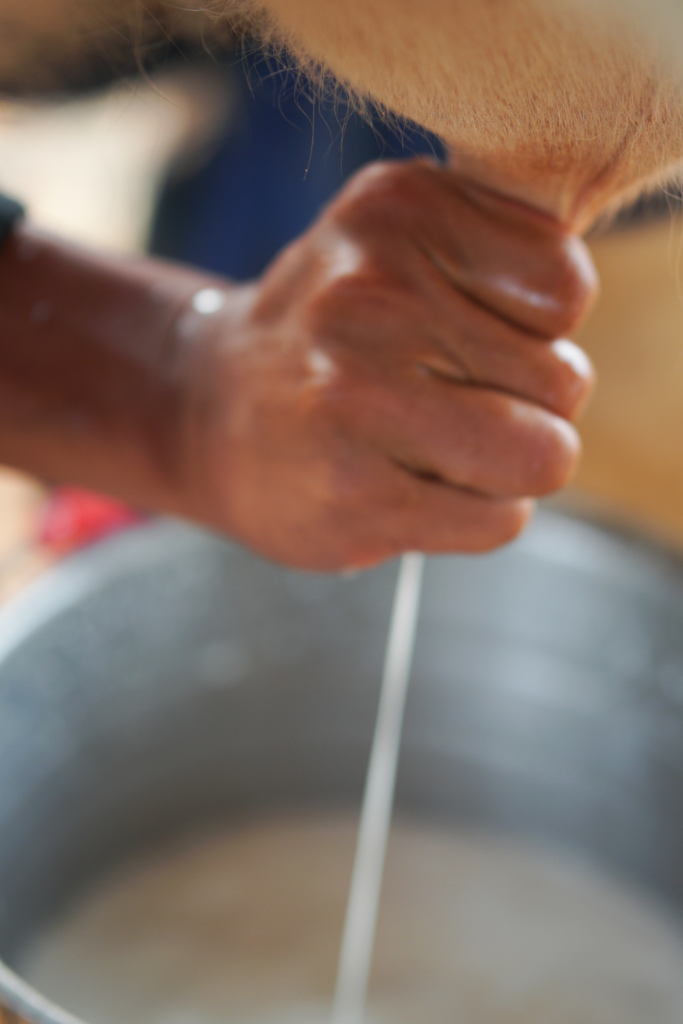
Table of Contents
Understanding Milk and Its Properties
Milk is a nutrient-rich beverage that is enjoyed by many people around the world. It is a versatile ingredient that can be used in a variety of recipes, including baked goods, sauces, and beverages. However, it is important to understand the properties of milk, especially when it comes to its shelf life.
Cow’s milk is the most common type of milk consumed in the United States. It is a rich source of calcium, protein, and other essential nutrients. Whole milk contains about 3.25% milkfat, while other types of milk, such as skim milk, contain little to no fat.
Raw milk is milk that has not been pasteurized. While some people prefer the taste of raw milk, it can be risky to consume because it may contain harmful bacteria. Lactose-free milk is a type of milk that has had the lactose removed, making it a good option for people who are lactose intolerant.
Soy milk and oat milk are non-dairy alternatives to cow’s milk. They are made from soybeans and oats, respectively, and are a good option for people who are vegan or lactose intolerant. Organic milk is produced without the use of antibiotics or hormones, and ultra-pasteurized milk is heated to a higher temperature than regular milk to extend its shelf life.
Shelf-stable milk and aseptic milk are both types of milk that can be stored at room temperature. They are often used in places where refrigeration is not available, such as on camping trips or in emergency situations. UHT pasteurization and ultra-high temperature pasteurization are two methods used to extend the shelf life of milk.
Overall, it is important to understand the properties of milk and the different types of milk available. This knowledge can help you make informed decisions about the milk you consume and how long it can sit out before it goes bad.
Factors Affecting Milk Shelf Life
The shelf life of your milk can be affected by several factors. Here are some of the most important factors that you should consider:
Temperature
Temperature is one of the most important factors affecting the shelf life of your milk. Milk should be stored at a temperature below 40°F (4°C) to keep it fresh for a longer time. At higher temperatures, bacteria can grow rapidly, which can cause spoilage and reduce the shelf life of your milk.
Storage Location
Where you store your milk can also affect its shelf life. Milk should be stored in the coldest part of your refrigerator, such as the back of the fridge or the bottom shelf. Avoid storing milk in the refrigerator door as the temperature fluctuates more there, and it can lead to the milk spoiling faster.
Amount of Time
The longer you keep your milk out of the refrigerator, the shorter its shelf life will be. At room temperature, milk can only last for a few hours. If you leave it out for longer than that, it will spoil quickly.
Packaging
The packaging of your milk can also affect its shelf life. Milk that comes in opaque containers can last longer than milk that comes in clear containers as it is less exposed to light. Also, milk that comes in a carton or bottle with a screw-on cap can last longer than milk that comes in a paper carton with a pull-tab.
Type of Milk
Different types of milk have different shelf lives. Almond milk, for example, can last much longer than cow’s milk if it is stored properly. Cow’s milk typically has a shelf life of about one week, while almond milk can last for up to a month.
Additional Factors
Other factors that can affect the shelf life of your milk include:
- The amount of milk you have left in the container
- Whether the milk has been opened or not
- The cleanliness of your refrigerator
- The humidity levels in your refrigerator
By paying attention to these factors, you can help extend the shelf life of your milk and keep it fresh for longer.
Signs of Milk Spoilage
It’s important to know the signs of milk spoilage to avoid consuming bad milk. Here are some signs to look out for:
- Sour odor: If you notice a sour or unpleasant odor coming from your milk, it’s likely spoiled. Trust your sense of smell and discard any milk with a bad odor.
- Sour taste: Spoiled milk will have a sour taste that’s unpleasant and sometimes bitter. If you notice a change in taste, it’s best to discard the milk.
- Bad milk: If your milk looks clumpy or has a thick texture, it’s likely gone bad. You may also notice mold or other visible signs of spoilage.
- Food spoilage: If you’ve left your milk out for too long, it can spoil quickly. It’s best to refrigerate milk as soon as possible to avoid food spoilage.
In summary, it’s important to be aware of the signs of milk spoilage to avoid consuming bad milk. Trust your senses and discard any milk that looks or smells off.
Health Risks of Consuming Spoiled Milk
Consuming spoiled milk can lead to a range of health risks, including food poisoning and upset stomach. Spoiled milk can contain harmful bacteria such as spoilage bacteria, which can cause foodborne illnesses.
When milk is left out at room temperature for too long, it can become a breeding ground for bad bacteria. These bacteria can multiply quickly and cause the milk to spoil. Consuming spoiled milk can lead to symptoms such as nausea, vomiting, and diarrhea.
Pregnant women should be especially cautious when it comes to consuming spoiled milk. Consuming contaminated dairy products can lead to Listeria infection, which can be dangerous for both the mother and the baby. It is recommended that pregnant women avoid consuming unpasteurized milk and milk products to reduce the risk of Listeria infection.
To reduce the risk of consuming spoiled milk, it is important to follow proper food safety practices. Milk should be stored in the refrigerator at all times and should be consumed within the recommended timeframe. If you are unsure if milk has spoiled, it is best to err on the side of caution and discard it.
In summary, consuming spoiled milk can lead to a range of health risks, including food poisoning and upset stomach. It is important to follow proper food safety practices to reduce the risk of consuming contaminated milk. If you suspect that milk has spoiled, it is best to discard it to avoid any potential health risks.
Proper Storage and Handling of Milk
To ensure the safety and quality of milk, it is important to store and handle it properly. Here are some tips to help you keep your milk fresh and safe to consume:
- The best way to store milk is in its original container, which is designed to protect it from light and air. If you transfer milk to another container, make sure it is clean and has a tight-fitting lid.
- Milk should be stored in the main body of the refrigerator, not in the refrigerator door. The temperature in the door fluctuates more than in the main body, which can cause the milk to spoil more quickly.
- Keep milk away from the back of the fridge, where it may freeze. Freezing can damage the milk’s texture and taste, and may cause the container to burst.
- Store milk in a dry place, away from moisture and humidity. Moisture can cause the milk to spoil more quickly.
- If you need to cool milk quickly, place the container in a bowl of cold water or in the refrigerator. Do not use hot water, as this can cause the milk to spoil.
- When pouring milk, only take out the amount you need. This will help prevent contamination and reduce waste.
- If you are using a sippy cup or other container for a child, make sure it is clean and sterilized. Milk can spoil more quickly in a dirty container.
- If you buy milk in sterile packaging, such as aseptic cartons, you can store it at room temperature until it is opened. Once opened, it should be refrigerated and consumed within the recommended time frame.
By following these tips, you can help ensure that your milk stays fresh and safe to consume.
Milk and Its Variations
When it comes to milk, there are many variations that can affect how long it can sit out before it spoils. Here are some factors to consider:
- Fresh milk: Fresh cow’s milk can sit out at room temperature for up to two hours before it starts to spoil. However, if the temperature is above 90°F (32°C), it can spoil within an hour.
- Breast milk: Breast milk can sit out at room temperature for up to four hours. However, it’s best to refrigerate it as soon as possible to prevent bacterial growth.
- Infant formula: Infant formula should not be left out at room temperature for more than one hour. If it has been sitting out longer than that, it should be discarded.
- Ready-to-feed formula: Ready-to-feed formula can be stored at room temperature for up to 48 hours, but once it has been opened, it should be refrigerated and used within 24 hours.
- Milk products: Milk products like sour cream and cottage cheese should not be left out at room temperature for more than two hours.
- Different types of milk: Different types of milk, such as almond milk and soy milk, have different storage requirements. It’s best to check the label for specific instructions.
Remember, if you’re unsure whether milk has spoiled or not, it’s better to err on the side of caution and throw it out.
Expiration, Sell-by Date, and Freshness
When it comes to cow milk, there are a few terms you should be familiar with: expiration date, sell-by date, and freshness. These terms are important because they can help you determine how long the milk is safe to consume and when it is at its best quality.
The expiration date is the date by which the milk should be consumed or discarded. This date is usually printed on the carton and is typically 5-7 days after the milk was pasteurized. It’s important to note that the expiration date is only valid if the milk has been stored properly. If the milk has been left out at room temperature for an extended period of time, it may spoil before the expiration date.
The sell-by date is the date by which the store should sell the milk. This date is usually a few days before the expiration date and is intended to ensure that the milk is still fresh when it reaches the consumer. However, it’s important to note that milk can still be safe to consume after the sell-by date if it has been stored properly.
Fresh milk is milk that has not been pasteurized or homogenized. It is typically sold in glass bottles and has a shorter shelf life than pasteurized milk. Fresh milk should be consumed within a few days of purchase and should be stored in the refrigerator at all times.
Unopened milk can be stored in the refrigerator for up to a week past the sell-by date, as long as it has been stored properly. Once the milk has been opened, it should be consumed within 5-7 days for best quality and results.
To ensure that your milk is in good condition, it’s important to store it properly. Milk should always be stored in the refrigerator at a temperature of 40°F or below. It should also be kept away from strong-smelling foods, as it can absorb their odors. Additionally, milk should never be left out at room temperature for more than 2 hours.
By understanding these terms and following proper storage guidelines, you can ensure that your cow milk is safe to consume and at its best quality.
Food Safety and Milk
When it comes to food safety, milk is a tricky product. It’s a highly perishable food that can quickly spoil if not handled correctly. Milk is also a common source of foodborne illness, which makes it essential to understand how to handle it safely.
The danger zone for milk is between 40°F and 140°F. This temperature range is where bacteria grow most rapidly, and it’s important to keep milk out of this range as much as possible. Milk should be stored in the refrigerator at a temperature of 40°F or below to slow down bacterial growth.
Food safety experts recommend that milk should not be left out at room temperature for more than two hours. If the temperature is above 90°F, milk should not be left out for more than one hour. If milk is left out for longer than this, it should be discarded.
In the world of food safety, the FDA recommends that milk should be discarded if it has been left out for more than four hours. This is because bacteria can grow to dangerous levels in milk in just a few hours.
The FDA also recommends that milk should be pasteurized to kill any harmful bacteria that may be present. Pasteurization is the process of heating milk to a specific temperature for a set amount of time to kill bacteria.
In summary, milk is a highly perishable food that requires careful handling to ensure food safety. Milk should be stored in the refrigerator at a temperature of 40°F or below and should not be left out at room temperature for more than two hours. If milk has been left out for longer than this, it should be discarded. Pasteurization is also an essential step in ensuring the safety of milk.
Reducing Food Waste
Reducing food waste is an important step towards a more sustainable future. One way to do this is by being mindful of the amount of milk you purchase and consume. If you frequently find yourself with leftover milk, consider buying smaller amounts or using alternative milk options that have a longer shelf life.
When it comes to cow milk, it is best to refrigerate it as soon as possible to prevent spoilage. Leaving milk out at room temperature for extended periods can cause it to spoil and become unsafe to consume. This not only results in food waste but can also be a health risk.
To avoid waste, it is important to check the expiration date of milk before purchasing it. Additionally, it is recommended to only purchase the amount of milk that you will realistically consume before it spoils. This reduces the likelihood of small amounts of milk being left unused and ultimately wasted.
Grocery stores also play a role in reducing food waste. By regularly checking and rotating their stock, they can ensure that milk is not left on shelves past its expiration date. This reduces the amount of milk that goes to waste and ensures that customers are purchasing safe and fresh products.
Overall, reducing food waste is an important step towards a more sustainable future. By being mindful of the amount of milk you purchase and consume, you can reduce the amount of leftover milk and ultimately prevent food waste.
Milk in the Market and Industry
When you go to the grocery store, you will find a variety of milk products available. The most common type of milk sold is pasteurized milk, which has been heated to kill any harmful bacteria. You may also find ultra-pasteurized milk, which has been heated to an even higher temperature and has a longer shelf life. Milk is usually sold in a carton, which helps to protect it from light and air.
The milk industry is a large and complex industry, with many different players involved. Some of the largest companies in the industry include Dean Foods, Kraft Foods, and Nestle. These companies produce a variety of milk products, including cheese, yogurt, and ice cream.
In recent years, there has been a growing interest in traditional milk, which is produced by small, local dairy farms. These farms often use sustainable farming practices and do not use antibiotics or growth hormones on their cows. Maple Hill Creamery is one example of a company that specializes in traditional milk products.
Researchers at Clemson University have conducted studies on the shelf life of milk. They have found that milk can sit out at room temperature for up to two hours without spoiling. However, it is important to note that this can vary depending on factors such as the temperature and humidity of the room, as well as the initial quality of the milk. It is always best to refrigerate milk as soon as possible after purchasing it to ensure its freshness and safety.
Overall, the milk industry is a complex and dynamic industry, with many different players and products. Whether you choose to buy traditional milk from a local farm or pasteurized milk from a large company, it is important to handle and store your milk properly to ensure its freshness and safety.
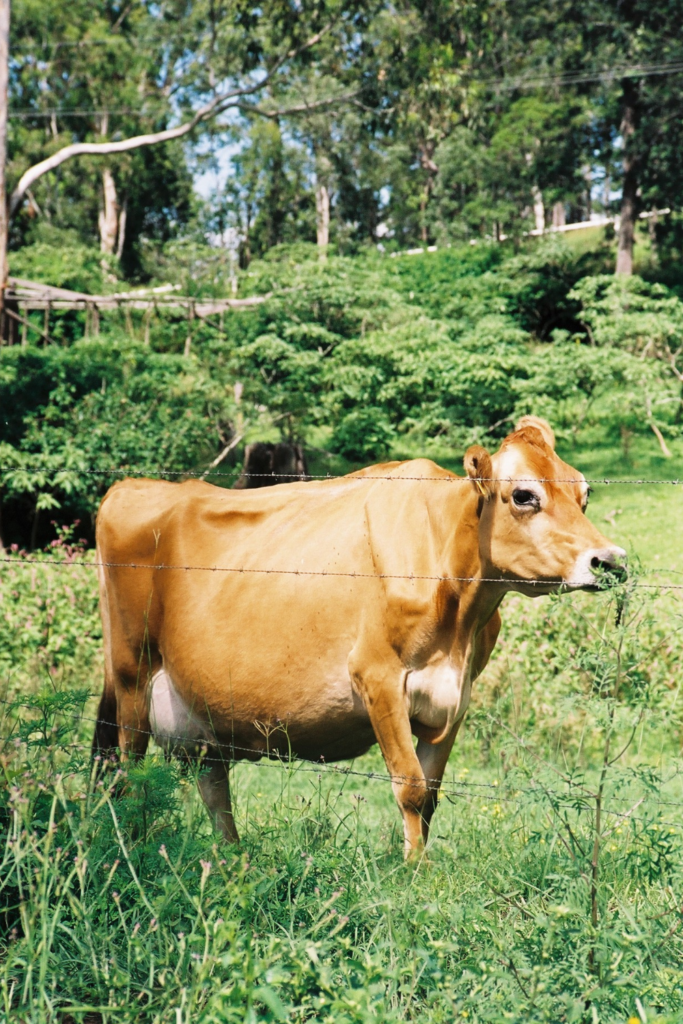
Conclusion
In general, it is not recommended to leave cow milk sitting out for too long. A good rule of thumb is to refrigerate milk within two hours of it being left out at room temperature. This is important to prevent the growth of harmful bacteria that can cause foodborne illness.
It is important to note that the length of time milk can sit out may vary depending on factors such as temperature and humidity. If you live in a hot and humid climate, milk may spoil more quickly than in a cooler and drier environment.
It’s also important to keep in mind that different types of milk may have different shelf lives. For example, raw milk may spoil more quickly than pasteurized milk, and non-dairy milk alternatives may have different storage requirements.
In summary, it is best to err on the side of caution and refrigerate cow milk as soon as possible after it has been left out. This is an important step in ensuring the safety and quality of the milk you consume.
Frequently Asked Questions
How long can milk sit out before it spoils?
Milk can sit out for a maximum of two hours before it starts to spoil. This is because bacteria in the milk begin to multiply rapidly at room temperature, which can cause the milk to spoil and become unsafe to drink.
What happens when milk is left out for too long?
When milk is left out for too long, bacteria begin to multiply rapidly, which can cause the milk to spoil and become unsafe to drink. Spoiled milk can have a sour taste and a bad odor, and it may also cause stomach discomfort or food poisoning if consumed.
Is it safe to drink milk left out overnight?
No, it is not safe to drink milk that has been left out overnight. Milk can only sit out for a maximum of two hours before it starts to spoil, and leaving it out overnight can cause it to become unsafe to drink.
How long can milk sit out for a toddler?
Milk can sit out for a maximum of two hours for a toddler, just like for adults. It is important to discard any milk that has been sitting out for longer than two hours to prevent the risk of food poisoning.
How long can milk sit out in a sippy cup?
Milk can sit out in a sippy cup for a maximum of two hours before it starts to spoil. It is important to clean the sippy cup thoroughly after each use to prevent the growth of bacteria.
Can I warm up cow milk and leave it out?
No, you should not warm up cow milk and leave it out. Milk can only sit out for a maximum of two hours before it starts to spoil, and warming it up can accelerate the growth of bacteria. It is important to discard any milk that has been left out for longer than two hours to prevent the risk of food poisoning.
You May Also Like:
Explore Reader
SHOP
Fitbit Versa 2 Health & Fitness Smartwatch
SHOP
Bamboo Nesting storage boxes
SHOP
Ilia Super Serum Skin Tint SPF 40
SHOP
Ninja Max XL Electric Air FryeR
SHOP
Cuisinart 15-Piece Knife Set with Block
SHOP
Muse Bath Apothecary Hand Ritual
SHOP
Martha Stewart 100% Cotton Bath Towels
SHOP
Eozlink Fluffy Fur Slides
Leave a Reply Cancel reply
Watch me clean my home

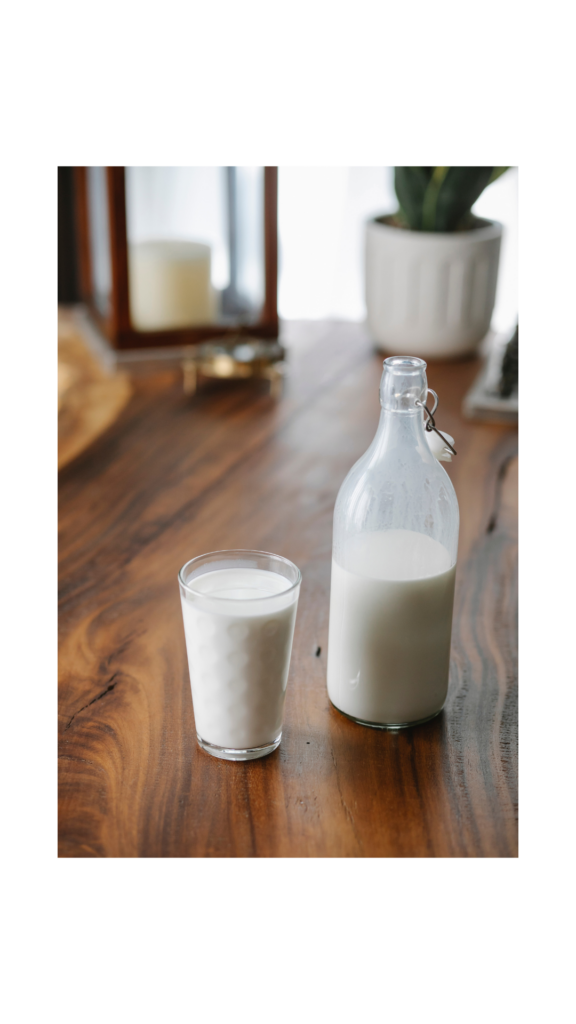


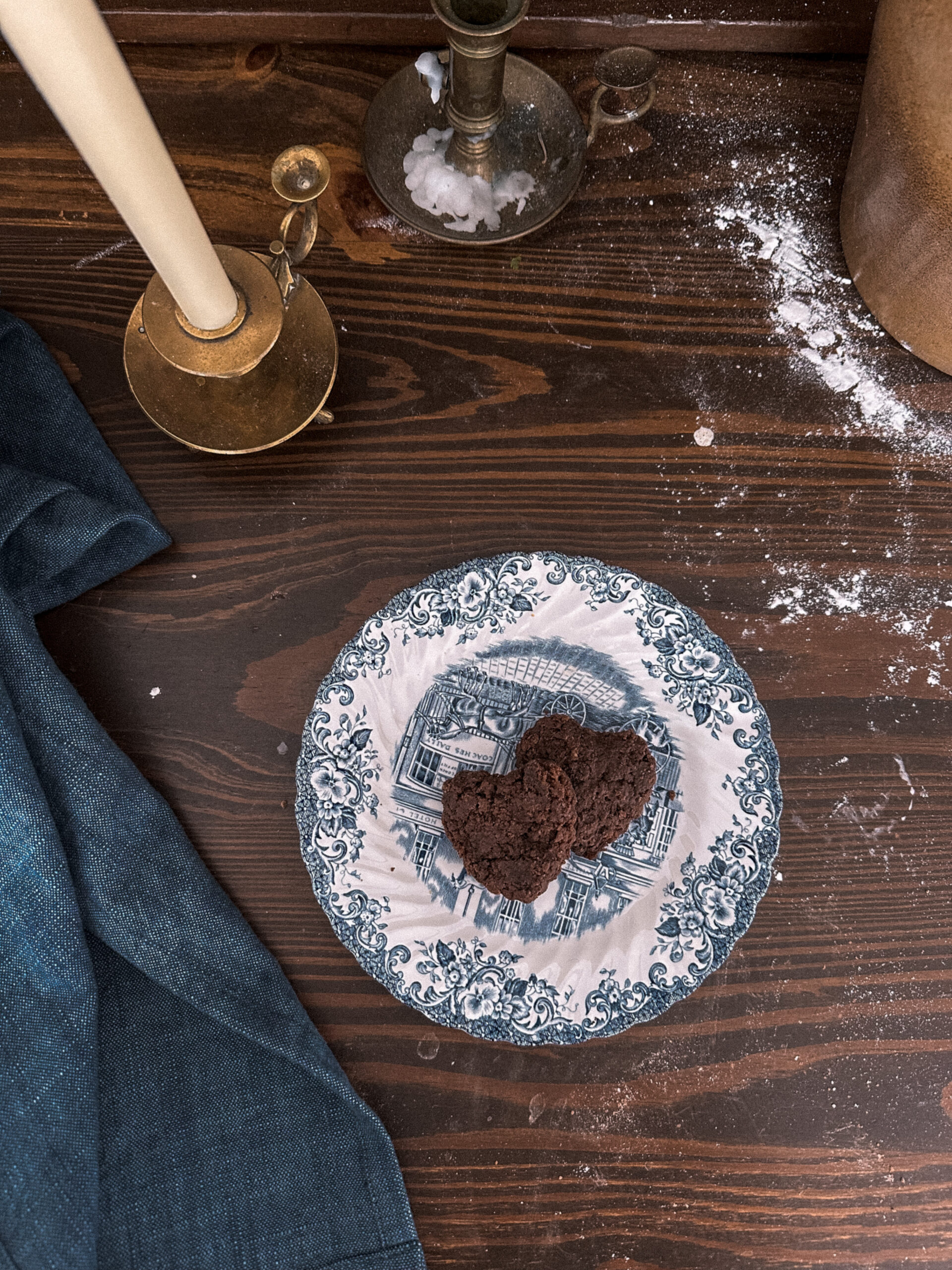
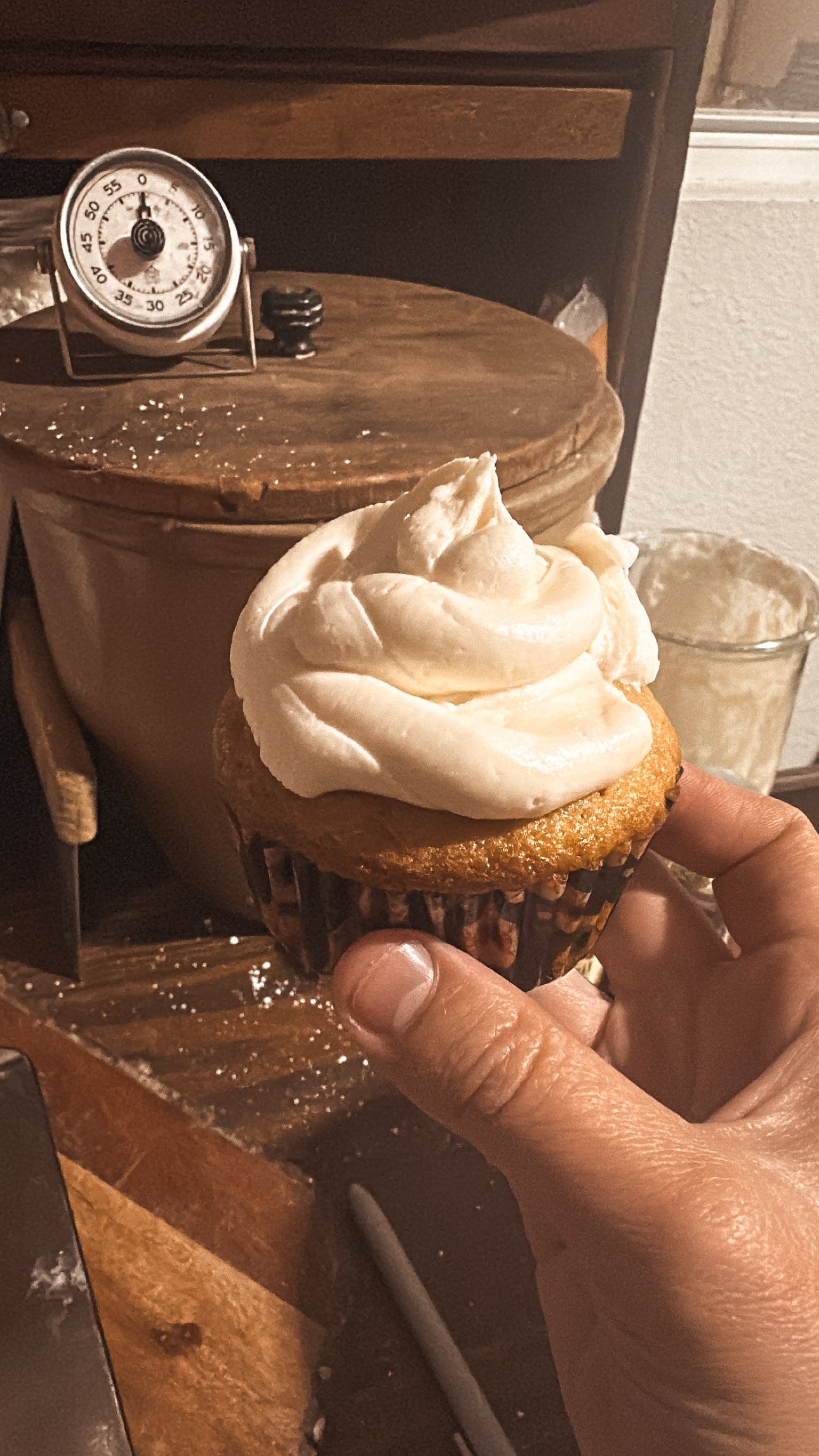
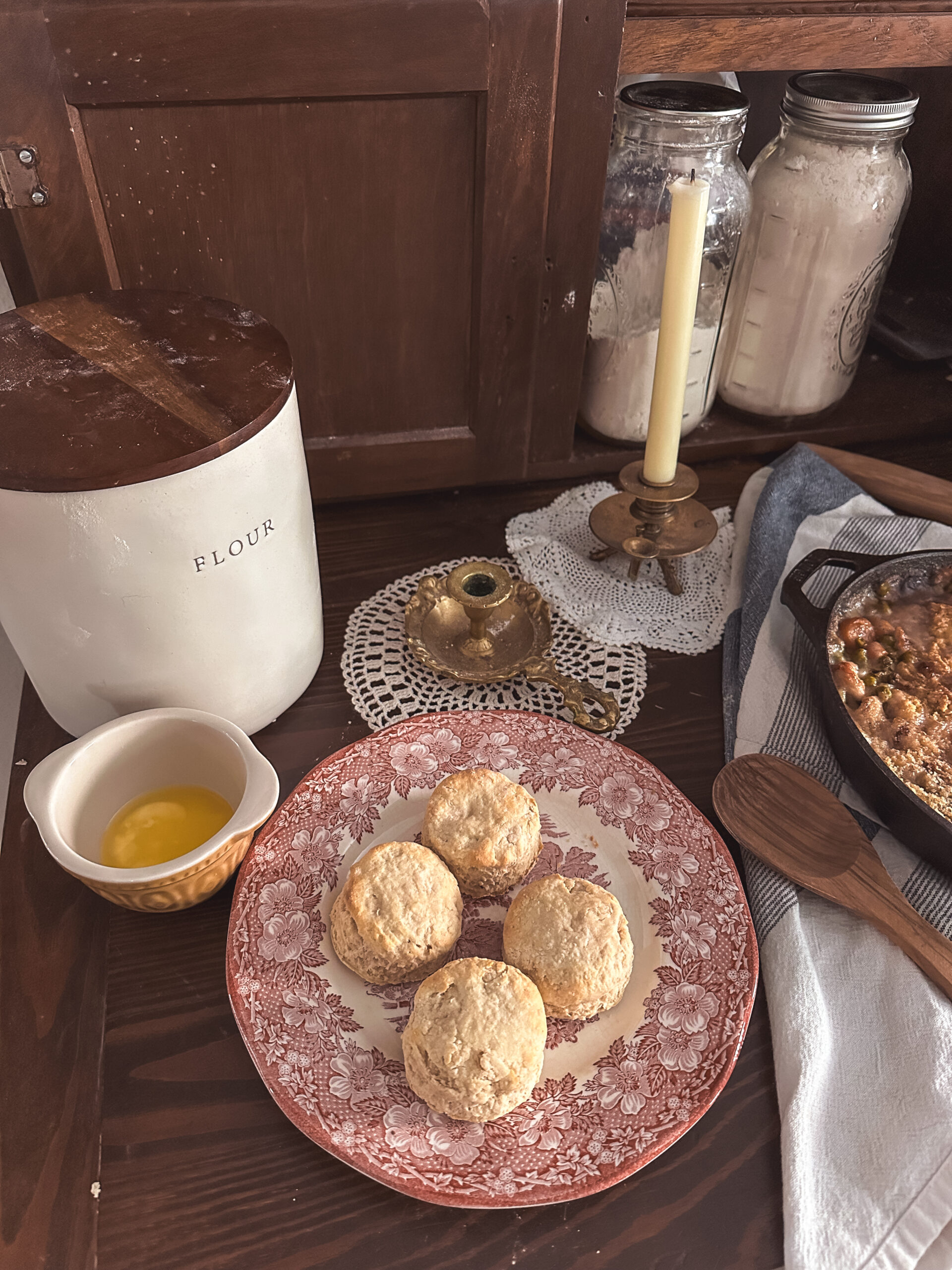

Be the first to comment